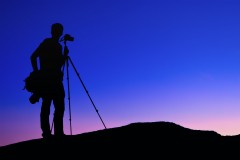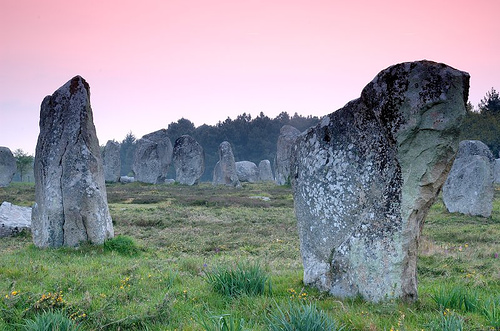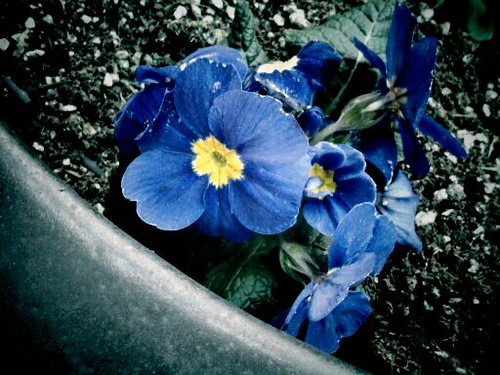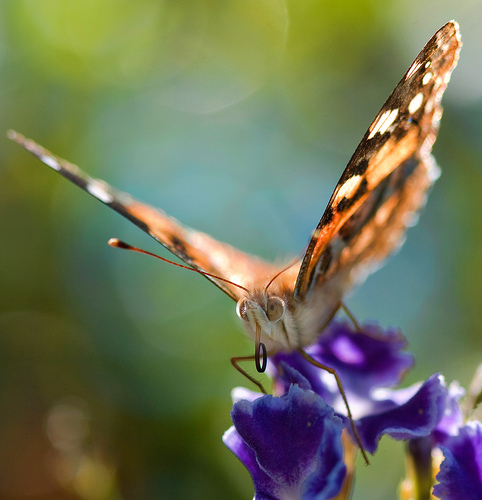
In the realm of photography, photographers keep debating about the superiority of full frame and crop sensor cameras. While some DSLR users would state “Bigger the better” and recommend going for full frame sensor camera, others would prefer the crop sensor camera for its penetration in the market, availability, low price, lightweight and small size. However, both these types of cameras have their own pros and cons. But the very basic difference lies in the difference of their sensor sizes. While the full frame sensors are equivalent to the size of a 35 mm (36 x 24 mm) film frame, the crop sensor, also widely known as APS (Advanced Photo-system Type) sensors approximately equal the size of the classic, age old negatives, i.e 25.1 x 16.7mm. Let’s take a look at the advantages and disadvantages of these two types of cameras.
All digital photographers who are looking to upgrade or are entering the photography world have questions about which one to choose.
Pros Of Full Frame Sensor Cameras
Full frame sensor cameras are the ones with a bigger physical sensor size, less pixel density and hence bigger pixel size. These cameras are known for shooting better quality images, high ISO performance and a wide angle of view. Since the pixel size is big, more photons (light) can be captured, thereby rendering less noisy pictures even in low-lit ambiance. In addition, these cameras can view a wider dynamic range of light. As such, colors come out smoother because tonal details can be captured. Such cameras also provide a wider angle of view than the crop sensor cameras. For example, when using a 24 mm lens for both full frame and crop sensor cameras, a full frame sensor camera provides 84o angle of view while the the crop sensor camera may provide a mere 62o angle of view. Therefore, a full frame sensor camera is particularly useful for landscape (given good resolution) and architecture photography but suited for all other types of photography as well.
Pros Of Crop Sensor Cameras
Crop sensor cameras have a comparatively smaller sensor size with a higher pixel density and are known for their long focal length. The depth of field is also quite high. Thus, more details can be obtained even when shooting far off objects. One interesting feature of a crop sensor camera is that its magnification gets multiplied by (approx.) 1.5 times (check camera manual) the original focal length of the lens. Thus, a 300mm lens will act as a 450 mm lens while using a crop sensor camera. The available lens variety for such cameras is immense and the lenses are quite cheap and lightweight, making crop sensor cameras ideal for hobbyists and amateur photographers (as they are affordable and easy to carry around). In addition, it becomes easier to adjust and set focus on the subject using a crop-sensor camera because of its narrow focus spread (field of view). Crop sensor cameras are often equipped with AF assist lamps. These lamps (located near the lens barrel) illuminate the subject in low light,which is particularly useful if auto-flash fails. Some AF lamps also throw infra-red lights to avoid startling the subject. Crop sensor cameras are useful for shooting small objects, wildlife and sports photography. These cameras fill the frame with the subject because of the magnification factor (an effect of the crop factor).
Cons Of Full Frame Sensor Cameras
Full frame sensor cameras are bulky and quite expensive (20 times more than crop sensor cameras). Only good quality, high end lenses are to be used in such cameras. If not, optical flaws like light fall-off might occur at the edges of the photograph. Macro and telephoto lenses also are not suitable to be used with this camera as they might force -crop the image.
Cons Of Crop Sensor Cameras
Crop sensor cameras have the biggest disadvantage of cropping the actual size of an image. This happens because they capture the central part of an image and leave out the periphery. Also, the angle of view is narrow. Since the field view is narrowed, control on the background is decreased. Crop sensor cameras have closely packed pixels in their sensors. As such, light absorption is low and exposure decreases. Thus, for capturing an image in dim light, flash or AF lamps are needed. Also, ultra-wide angle lenses are difficult to find for such sensors.
Now that you know the difference between full frame sensor cameras and crop sensor cameras, you can decide what would suit you the best. Summing up, while full frame sensor cameras give a wide angle of view, crop sensor cameras provide a more narrowed and distant reach. The key is Full-frame are going to be the future, they have excellent ISO, noise performance at the cost of magnification and pixel density. If you are upgrading, are willing to invest in new lenses and if your budget allows, by all means opt in for a full-frame. Else opt in for a regular crop-sensor DSLR — they are going to stay and aren’t going anywhere is the foreseeable future.





This is a great article that helps cut through the confusion of what kind of camera a person should get.
The debate over which equipment is better I think is best decided by the kind of photography a person is mainly interested in doing. Certainly budget figures into the picture (pun intended) but so does the interest of the photographer.
If for example you like to shoot in natural and available light, then you’ll definitely want to look at full frame camera. The high ISO performance of a unit like the Nikon D700 really can’t be matched by a camera with a smaller sensor. You can shoot at ISO6400 without having to worry to much about excessive image noise.
On the other hand if you’re a nature and/or a wildlife enthusiast, it might make more sense to use a smaller sensor. In this situation you can take advantage of the crop factor to get maximum detail when shooting at long distances.
Deciding which kind of camera to get never is never an easy decision to make. But considering how fast technology changes these days, I wouldn’t be surprised if a something new shows up making this issue completely moot.
@Andre: Nice inputs. I too have been saving to purchase a D700. But again technology changes fast so I’m holding back till I run out of luck with my existing DSLR.